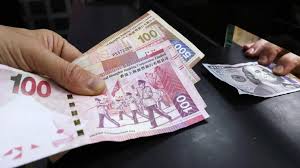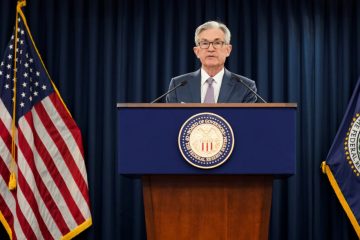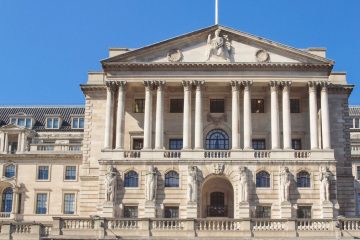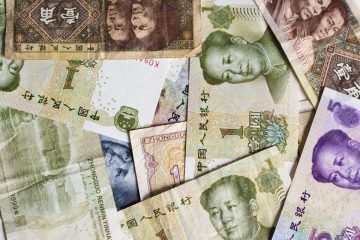Hong Kong defends its dollar peg in both directions

THE Hong Kong dollar is one of the most and least manipulated monies in the world. For over 34 years the territory’s monetary authority, the HKMA, has kept it pegged to America’s currency at around HK$ 7.80 to the dollar, resisting all temptations to let it fall or rise. In 2005 it refined the peg with two promises: to buy dollars at the price of HK$ 7.75 and to sell them for HK$ 7.85.
The strength of the Hong Kong dollar has obliged the HKMA to keep the first promise many times since. Its purchases of American dollars have even drawn the accusation that it manipulates its currency for competitive advantage.
In fact, the HKMA has always been ready to manipulate its currency upwards, too. But since 2005 it has had no occasion to, until last week. On April 12th the Hong Kong dollar weakened to HK$ 7.85, forcing the authority to buy HK$ 51bn over the next few days in exchange for American dollars.
The Hong Kong dollar’s weakness reflects the gap between rising American interest rates and Hong Kong’s low borrowing costs. In other places, investors might worry that the central bank’s efforts to defend its currency would exhaust its dollar reserves. But the HKMA has enough foreign assets to buy its entire money supply (strictly defined) with plenty to spare.
Long before that point its purchases of Hong Kong dollars, which withdraw them from circulation, would reduce the money supply enough to force up interest rates, making the currency more attractive and arresting its weakness. The only worry—for homeowners—is that higher interest rates would weigh on Hong Kong’s property prices, which have risen by 30% in the past two years.
Hong Kong’s peg to the dollar has survived three global slowdowns, several stockmarket crashes, an Asian financial crisis, a global one, an epidemic and the handover from one of the world’s first capitalist countries to its largest communist one. It has little to fear from several further hikes in America’s benchmark interest rate.
This article appeared in the Finance and economics section of the print edition under the headline “Reserve power”








